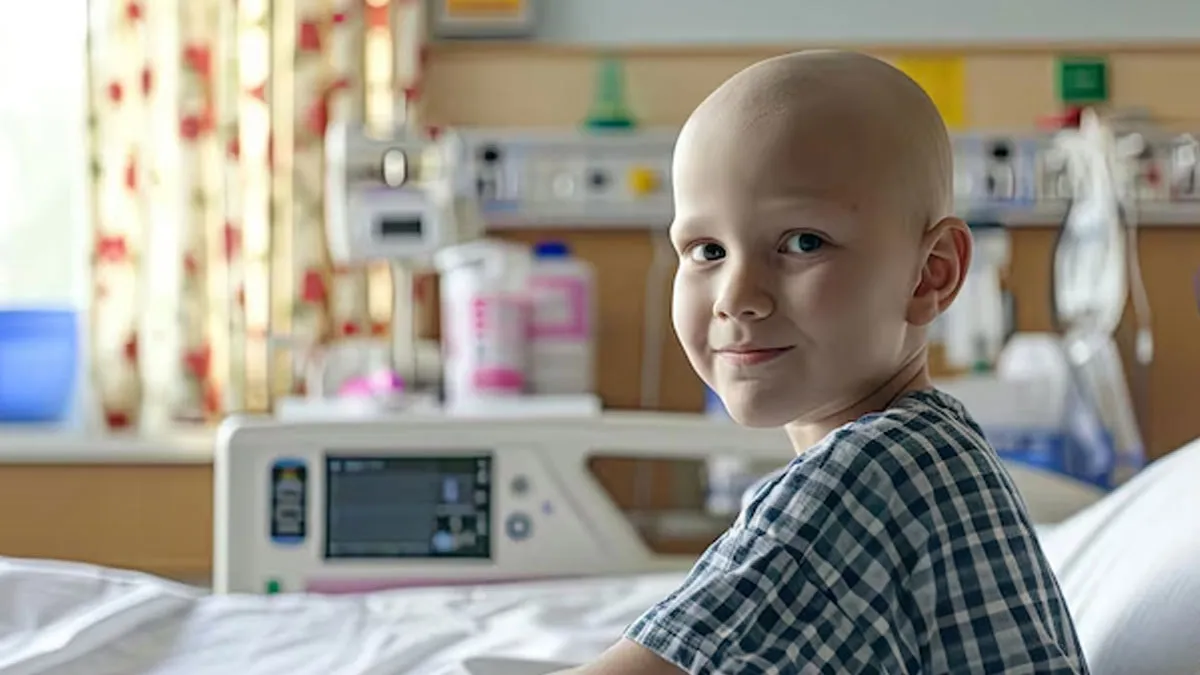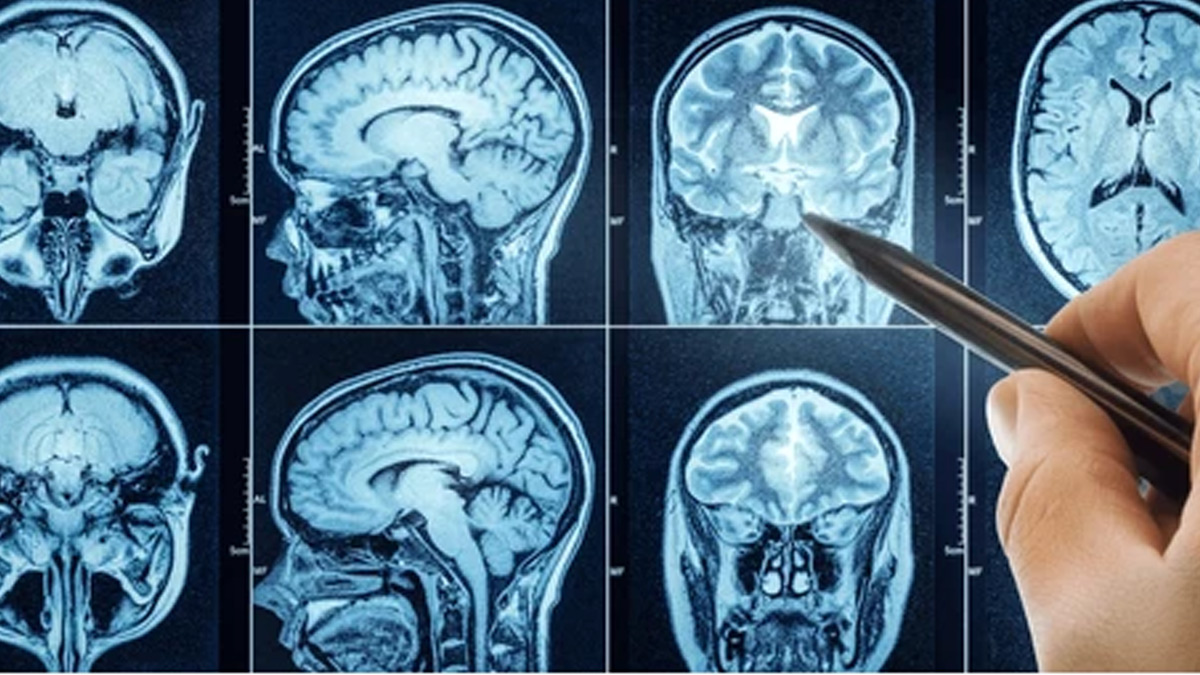
When a child turns five, the world around them changes. At this stage, they move from the familiarity of home to discovering the world outside. They start formal schooling, understand, and form complex social relationships beyond their family, and develop problem-solving skills.
Table of Content:-
However, what if a child who is bright and happy suddenly becomes extremely dull or has trouble learning new things? In many cases, it may not be something that parents need to split hairs about, but in some cases, it may be the starting signs of Diffuse Intrinsic Pontine Glioma (DIPG), a rare and aggressive form of brain cancer.
We spoke to Dr Mark M Souweidane, MD, Paediatric Neurosurgeon, Memorial Sloan Kettering Cancer Center, New York, who explained this deadliest childhood brain cancer.

According to StatPearls, DIPG commonly occurs in children between 5-10 years of age, and most patients do not make it past a year. In India, brain tumours constitute 8-12% of paediatric cancer cases, as per a 2024 study.
DIPG accounts for 15-20% of these cases and is the second most common malignant brain tumour in children, according to a 2022 study.
“As a neurosurgeon, I have seen countless cases where parents can only watch helplessly as their child’s condition worsens despite their best efforts. It can be devastating for us as well when we can do so little to help these children survive and restore some normalcy in their lives. However, things are not as bleak as they seem, as newer methods of treatment are renewing hope and lending strength to patients and families to bravely fight this deadly disease and thrive,” shared Dr Souweidane.
What is DIPG?

“DIPG begins in a section of the brain stem called the pons. Brain stems are located at the base of the brain and connected to the spinal cord. It is responsible for several important functions, such as heart rate, blood pressure, and breathing. It also controls the muscles and nerves responsible for walking, hearing, seeing, eating, and talking,” said Dr Souweidane.
DIPG is a form of glioma or a group of tumours that begins in the glial cells in the brain. These cells protect and support the nerve cells in the central nervous system, ensuring they work as they should, according to the National Cancer Institute.
Also Read: Paediatric Cancer: Expert Explains 5 Types Of Paediatric Cancer, Their Symptoms, And Treatment
Symptoms Of DIPG
The symptoms of this condition depend on various factors, such as the rate of growth of the tumour, its size and if it has spread through the brain stem, the child’s age and stage of development, and the location where the tumour formed.
The onset is rapid and includes behavioural changes, vision problems, trouble with eye movement, drooping on one side of the face, and issues while chewing, swallowing, and talking. Most children with DIPG (5-10 years of age) do not make it past a year.
Treatment Limitations
“Facing DIPG is a profoundly humbling experience because the tumour is inoperable due to its location. Surgery can do more harm than good, and traditional treatments, such as chemotherapy and radiation have a limited impact. When a child is diagnosed with DIPG, it is a stark reminder of the limitations of modern medicine, and the towering odds push each of us to innovate and explore what was once thought impossible,” said Dr Souweidane.
Also Read: Combating Childhood Cancer In India: Timely Diagnosis, Right Treatment Help Fight Childhood Cancer
The promise of bypassing the Blood Brain Barrier (BBB)

Brain tumours have always been difficult to treat due to the BBB, which protects against toxins. The barrier also prevents treatments, such as chemotherapy from being delivered in effective doses. Hence, progress has been negligible when it comes to treating tumours deep inside the brain.
“A new treatment method, however, has shown promising results. A novel drug delivery technique called Cyclophosphamide Equivalent Dose (CED) is showing immense potential by slowly administering anticancer medication through catheters placed deep inside the brain. This process can last up to 24 hours and allows the medication to seamlessly and gently push through the fluid compartment between tumour cells, delivering higher doses precisely as compared to conventional techniques,” explained Dr Souweidane.
An equally important benefit is the avoidance of systemic exposure to other organs, a limiting feature of using traditional chemotherapeutic approaches. Recent studies have demonstrated the safety of this method, and the survival data were remarkable, with 3 patients living for more than 5 years and 1 patient over 10 years after the procedure, as per a 2018 study.
Bottomline
Dr Souweidane concluded, “Parents of children with DIGP require more than sympathy and prayers. It is our objective to work and provide them with solutions that can provide tangible results. A result of this focus is CED, which is still being refined but marks the beginning of a breakthrough in how this rare brain cancer can be treated. The path forward requires further research, global collaboration, and increased investment to support efforts towards tackling this cancer. There is hope for the young patients and their families, and for those of us who are leaving no stone unturned to give them a fighting chance.”
[Disclaimer: This article contains information provided by an expert and is for informational purposes only. Hence, we advise you to consult your professional if you are dealing with any health issue to avoid complications.]
Also watch this video
Read Next
Skin Cancer Affects Different Parts Of The Body In Men And Women; Here's What Study Reveals
How we keep this article up to date:
We work with experts and keep a close eye on the latest in health and wellness. Whenever there is a new research or helpful information, we update our articles with accurate and useful advice.
Current Version